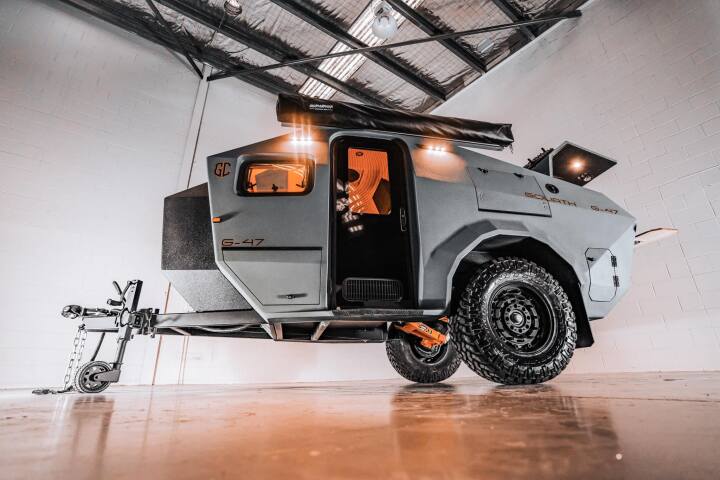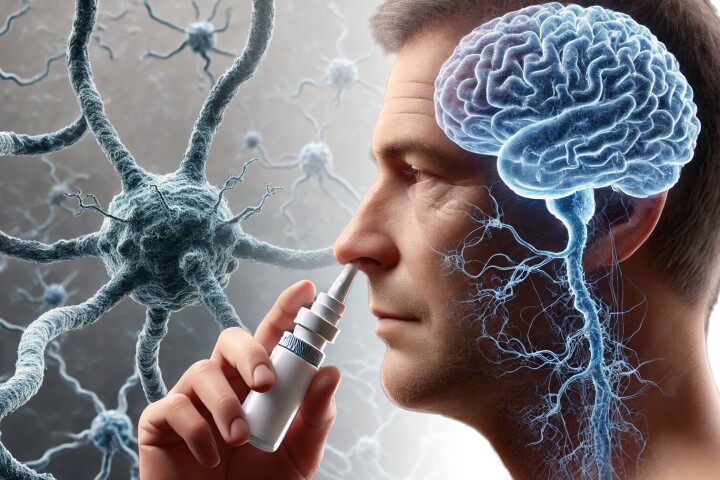One of the best ways of tracking an infant's neurological development is to observe their movements as they play. A new "smart" jumpsuit is designed to do so automatically, providing consistently accurate data via machine learning technology.
Developed by a team of researchers at Helsinki Children’s Hospital in Finland – and building upon research first described in 2020 – the onesie garment is known as the MAIJU, which stands for "Motor Assessment of Infants with a Jumpsuit." It contains multiple removable IMUs (inertial measure units, aka motion sensors), contained within pockets on each limb.
The scientists started by having a total of 59 five- to 19-month-old infants wear the jumpsuit during spontaneous playtime sessions, either in their homes or in a "home-like environment" in a research center. As the babies played, their movements were recorded both by the sensors and by a video camera.
A machine-learning algorithm was then used to match specific activities in the video footage to specific movement patterns recorded by the sensors. As a result, the MAIJU sensors alone – without any help from a camera – were subsequently able to accurately identify five different postures and four different movements within those postures, along with multiple intermediate postures and movements.
It is now hoped that once developed further, the MAIJU technology could be used to check that infants' neurological development is proceeding normally, and to see how interventional therapy is working in cases where it's required.
The jumpsuit should be able to able to monitor babies for much longer periods than human caregivers, and without any observer bias. Additionally, it could be used in the infants' homes – where they're more likely to move naturally – as opposed to unfamiliar clinical settings.
And the technology isn't necessarily limited to use on babies.
"Our methods can be automatized and scaled up for very wide use," said Prof. Sampsa Vanhatalo, head of Helsinki Children’s Hospital's BABA [BAby Brain Activity] Center. "It is also possible that our technology could be adapted for developing wearable solutions to help other patient groups, such as older children or even elderly people."
A paper on the research was recently published in the journal Communications Medicine.
Source: University of Helsinki via EurekAlert




